FOR YOUR HEALTH: Floods Can Affect Your Well Water’s Well-Being
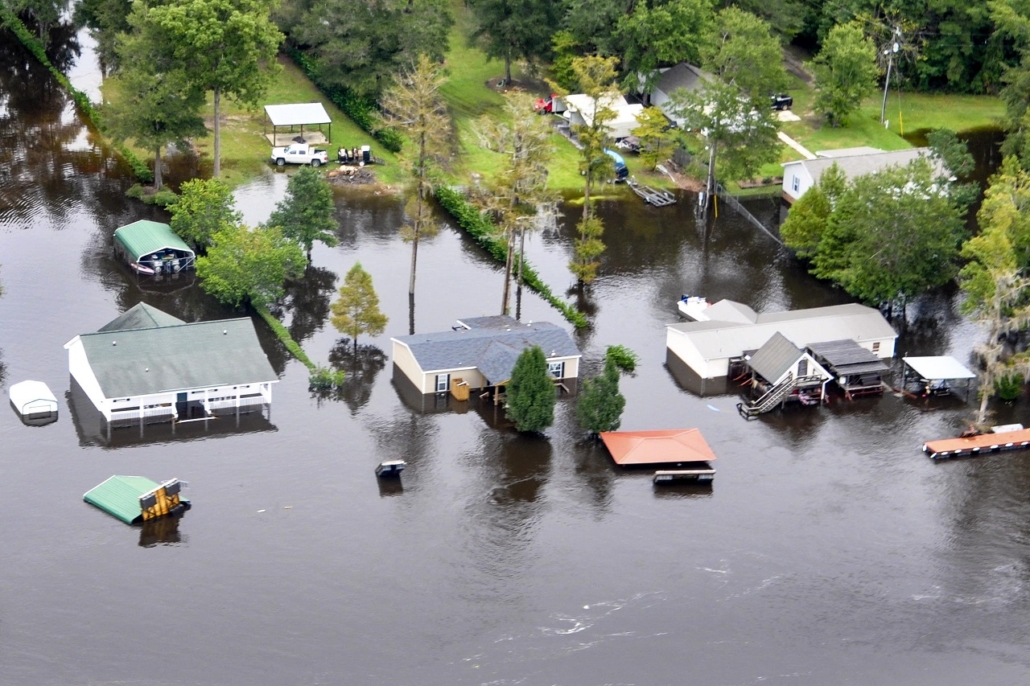 (NAPSI)—For over a million families, farmers and business owners, seeing floodwaters receding may just be the beginning of their troubles—but it doesn’t have to be.
(NAPSI)—For over a million families, farmers and business owners, seeing floodwaters receding may just be the beginning of their troubles—but it doesn’t have to be.
The Problem
The National Ground Water Association (NGWA)—a not-for-profit professional society and trade association—says people who have inground wells in areas affected by flooding need to watch for contaminated water.
This is particularly likely to be a problem in Illinois, Indiana, Iowa, Kansas, Kentucky, Minnesota, Missouri, Nebraska, South Dakota, Wisconsin and any place with broad, sand and gravel valleys and glaciated rolling countryside. These places could be standing in water for several days, risking contamination if the wells aren’t properly maintained. Exposure to E. coli, coliform and other pathogenic microbes from human and animal fecal matter in floodwaters is a common health concern following a major flooding event. Floodwater can also carry other contaminants.
“Even slight flooding around a well can potentially carry contaminated water to the wellhead,” explained Chuck Job, NGWA regulatory affairs manager, “and if the wellhead is cracked or faulty in any way, the well and water system could be compromised.”
Adds Bill Alley, NGWA science director, as temperatures rise, well owners should continue to monitor and test their systems. “While frozen ground may not be saturated from storm water, warmer weather may allow floodwaters to infiltrate and contaminate subsurface water during a thaw,” he said.
Similarly, hundreds of thousands of wells were potentially affected during the Atlantic hurricane season in places including North Carolina, Georgia, South Carolina, Florida, Virginia and Alabama.
What To Do
Following a flood, disinfection and wellhead repair may be common needs among well owners. Well relocation and elevation may also be useful and protective. As always, NGWA recommends water well system professionals be used to assess and service wells.
NGWA has a flooding resource center on its website. Included is information on how to protect well systems before and after a flooding event.
Learn More
The association also has other resources that may help when dealing with flooded water wells. These include the best-suggested-practice “Residential Water Well Disinfection Following a Flood Event: Procedures for Water Well System Professionals” and a Water Well Journal article titled “Responding to Flooded Wells.”
You can find these and more at www.WellOwner.org.



 (NAPSI)—Eating a healthy diet, exercising, getting a regular Pap smear and mammogram—these are just a few of the many steps women can take to help ensure they live longer, healthier lives. However, it can be tough to figure out what to do, given the mountains of information that are available. So, how can women determine which services and screenings are right for them—and when? You can start by being aware of what the science says about preventing certain health conditions and by having an open and honest conversation with your doctor about your values and preferences.
(NAPSI)—Eating a healthy diet, exercising, getting a regular Pap smear and mammogram—these are just a few of the many steps women can take to help ensure they live longer, healthier lives. However, it can be tough to figure out what to do, given the mountains of information that are available. So, how can women determine which services and screenings are right for them—and when? You can start by being aware of what the science says about preventing certain health conditions and by having an open and honest conversation with your doctor about your values and preferences.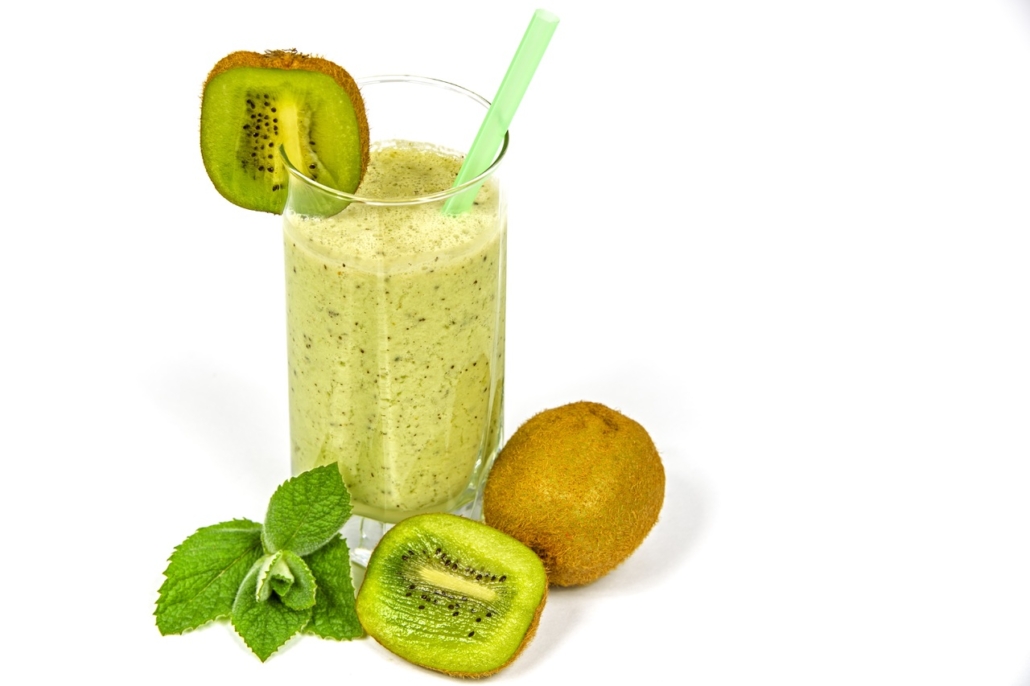
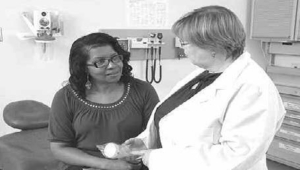

 (NAPSI)—More than 8 million American adults have a condition known as heart valve disease (HVD). While it can be managed, too many people who have HVD don’t know it.
(NAPSI)—More than 8 million American adults have a condition known as heart valve disease (HVD). While it can be managed, too many people who have HVD don’t know it.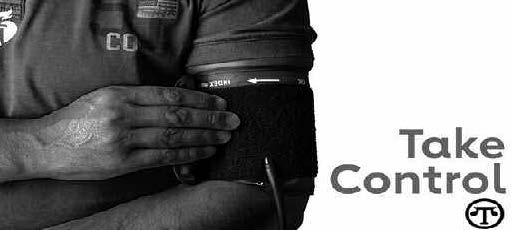
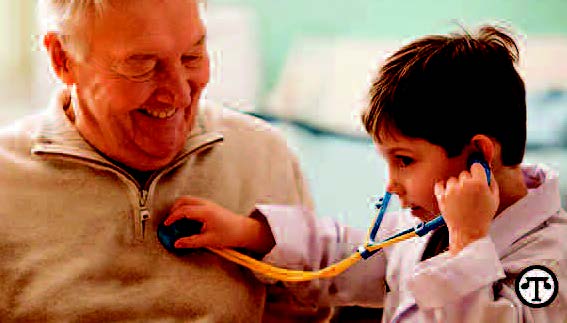

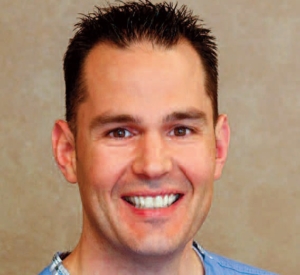 by Brett Sachs, DPM, FACFAS
by Brett Sachs, DPM, FACFAS